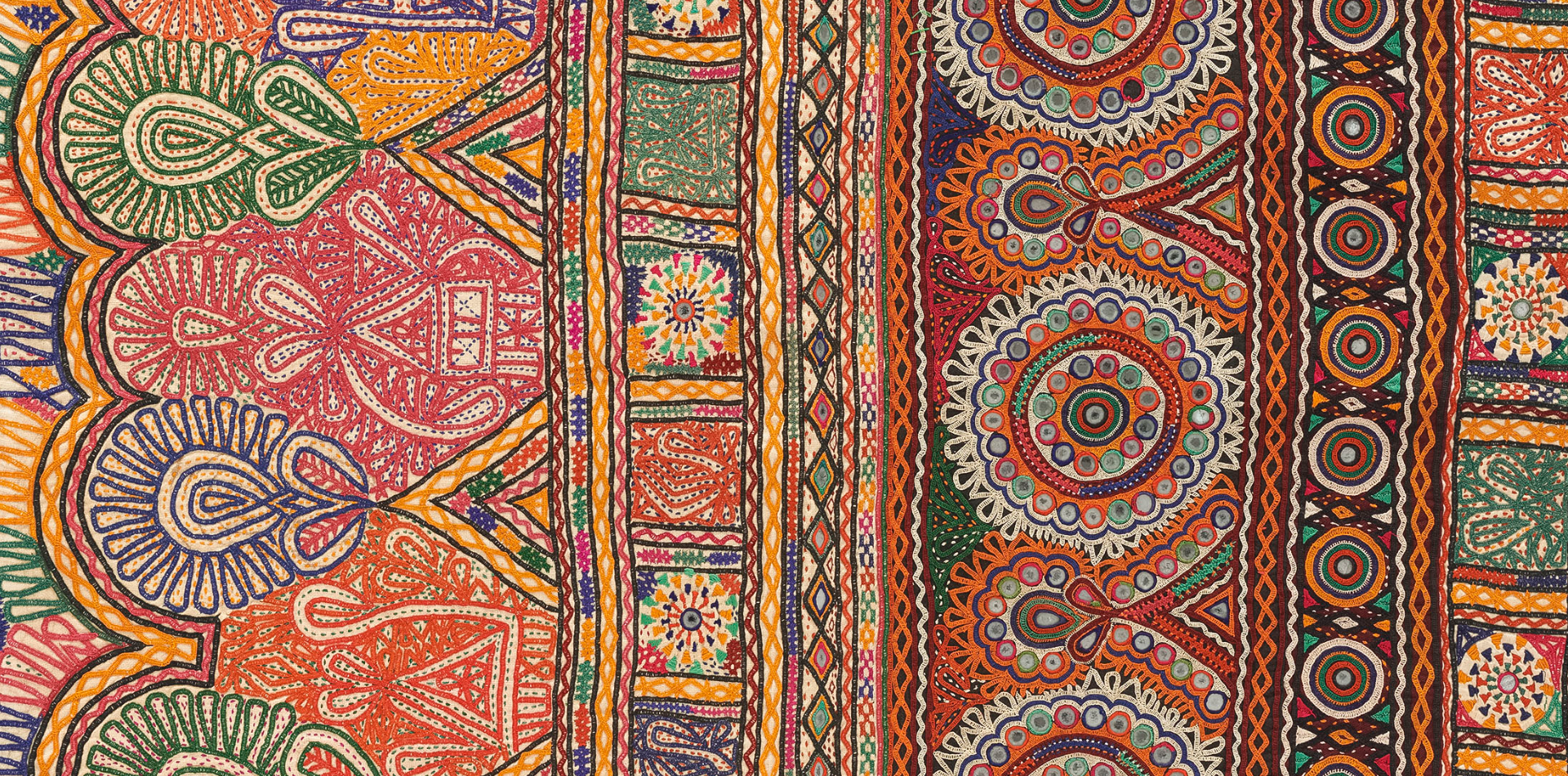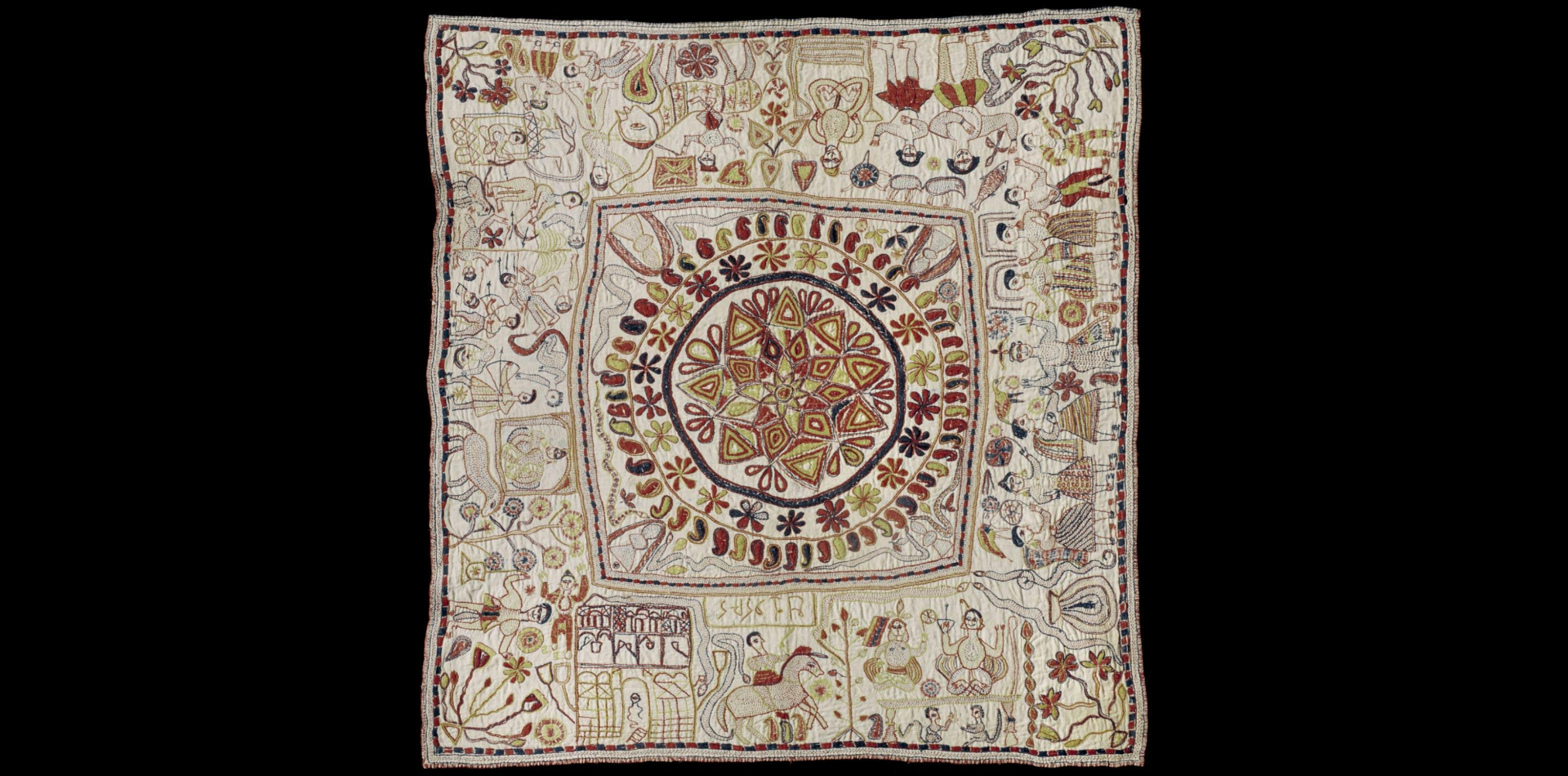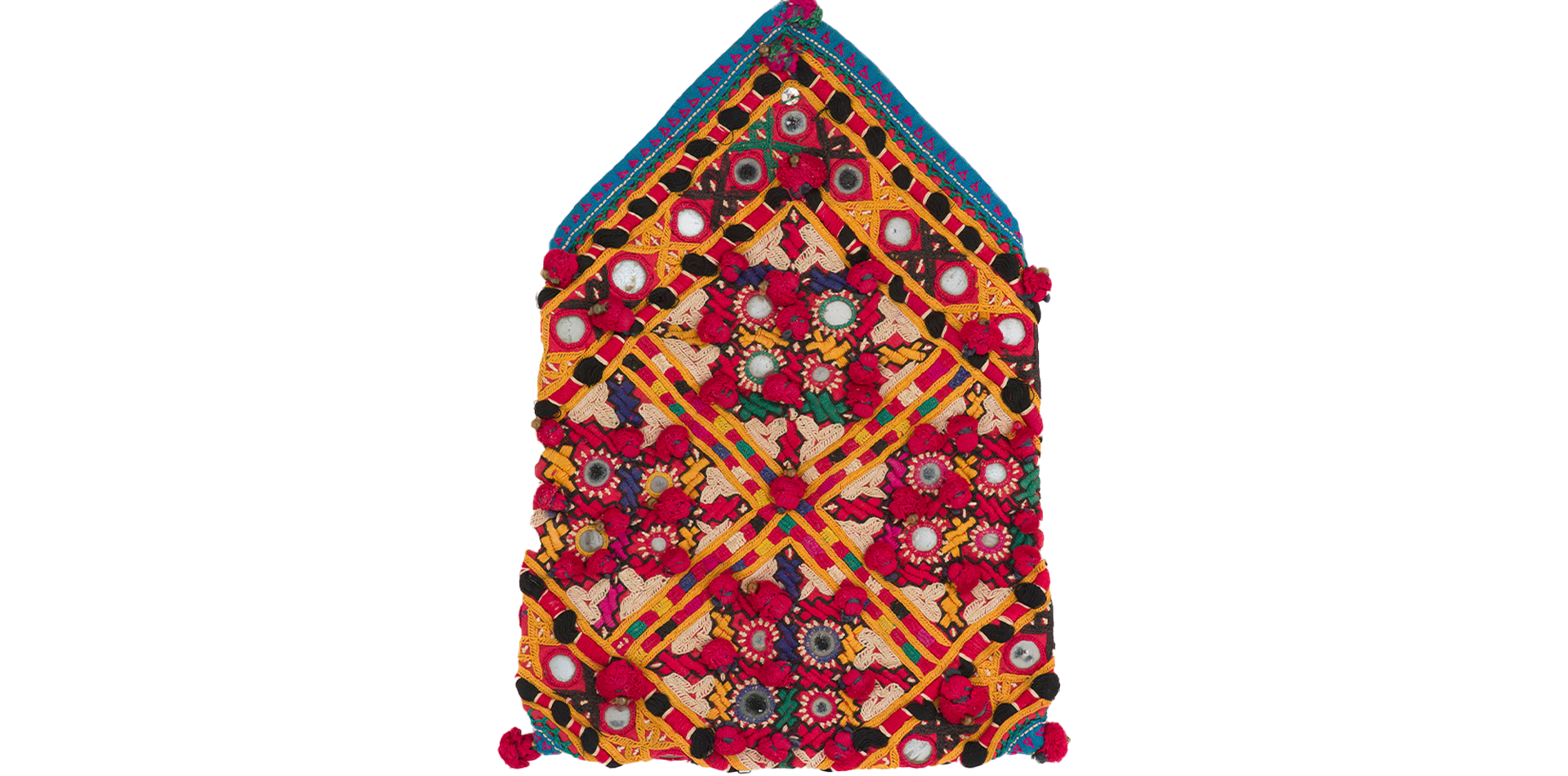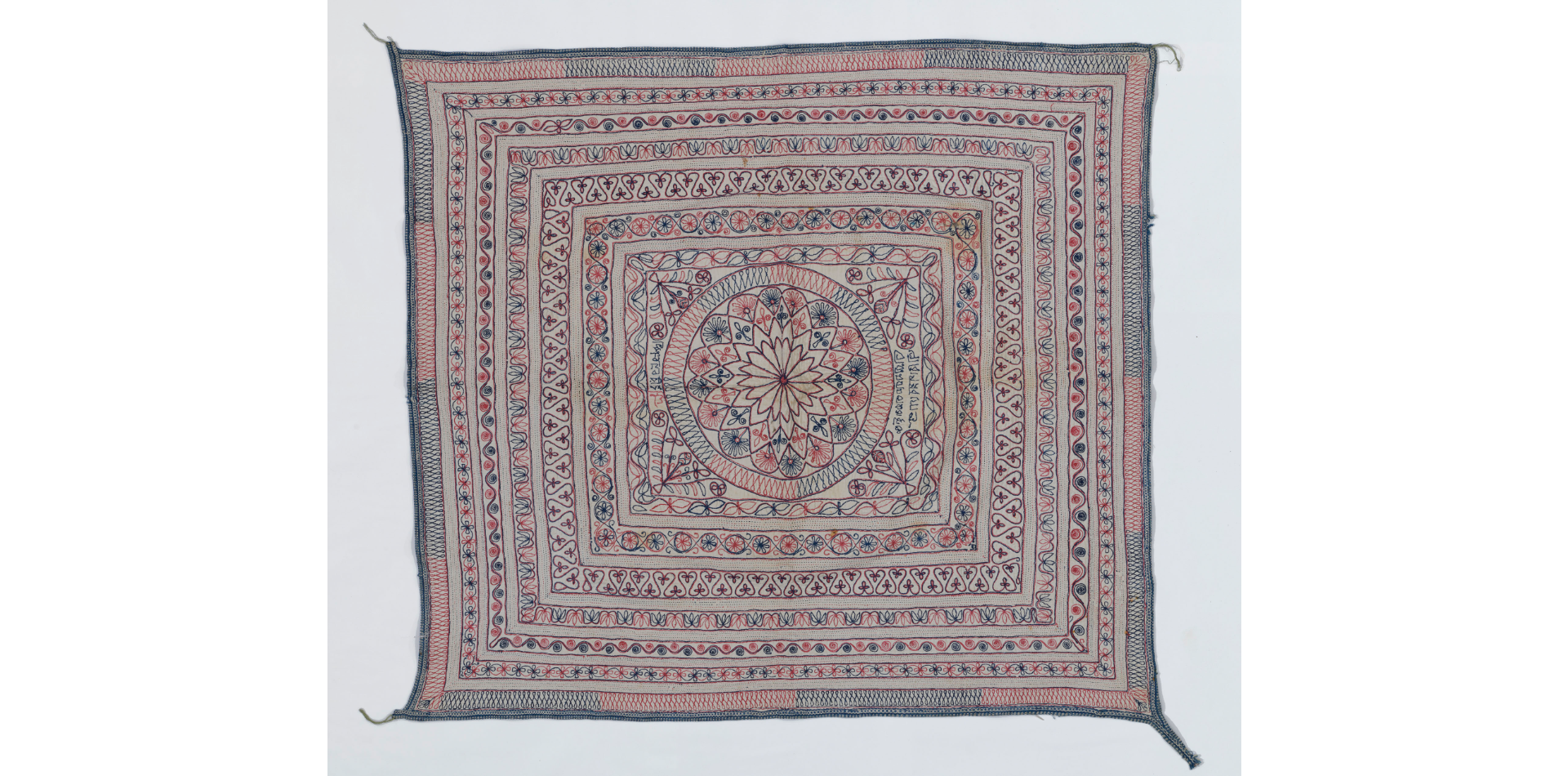Amrita Sher-gil
Through the 1920s, artists at Santiniketan and beyond were reshaping the relationship between urban and rural and Indian and Western. In many ways, the questions she was asking at this time echo concerns that Abanindranath Tagore had a generation earlier, even as they are resolved differently.
Meanwhile, the artist Amrita Sher Gil began to reintroduce oil on canvas painting to India with her new and transformative perspective.
Though her life and career were short, Sher-Gil would become a pioneering and exceptional figure in modern Indian art history, and can also be studied also as an example of how an artist’s life can take on its own mythology, as her dramatic and unusual biography has fascinated many.
Early Life and Artistic Development
Born in 1913, the half-Indian, half-Hungarian artist Amrita Sher-gil was born to an aristocratic family, and spent her childhood in Hungary before relocating to the family’s home in Shimla, India.
At the age of sixteen, Sher-Gil was admitted to the prestigious Ecole Nationale des Beaux Arts in Paris, and she would go on to spend five years there. Her early work often reflected her academic training, which was conservative in relation to the trajectory of European modernism and trends of the 1920s and 30s.
We see these qualities reflected in the understudied and remarkable Self-Portrait with Easel, which Sher-Gil painted her second year in Paris. With this work, Sher Gil succeeds in fashioning herself as a serious artist, even though she presents herself with no brush or paint visible and even as her draped red clothing seems too elegant for the messy work of painting.
By 1932, Sher-Gil began to experiment with representations of the non-western brown body, as you can see in Sleep. In the painting, the artist represents her younger sister Indira in the nude. Over time, her approach to the female body became bolder, as can be seen in this painting titled Self Portrait as Tahitian of 1934. As you can see, Sher-Gil appears naked to the waist, in a three-quarter profile and looking beyond the frame of the picture. While also directly referencing French painter Paul Gauguin’s paintings of Tahitian women, which exoticised Polynesian women. Here we see how Sher-Gil is also self-consciously playing up her own exoticism as an Indian artist in Paris.
This moment led to a critical transition for the artist.
Return to India
Sher-Gil returned to India at the end of 1934, remarking that Europe belonged to Picasso, Matisse and many others, whilst India belonged only to her.
“Europe belongs to Picasso, Matisse, and many others, India belongs only to me.”
Over the next few years, Sher Gil would integrate different dimensions of Indian art, visual culture, and daily life into her work. She painted larger fresco-like paintings, including South Indian Villagers Going to Market, following a visit to the Ajanta caves, which she regarded as a supreme example of Indian art. Her paintings of the following few years reflect her growing ambition to create a style of painting which was at once quintessentially Indian yet entirely her own.
Broadly, Sher Gil’s depiction of rural life and people took on a warmer, earthier tone than her earlier oils that had reflected a Western palette. Sher-Gil had a special fascination for the colour red and used white in exceptional ways. In Village Scene, 1938, the white of the women’s clothes stand out against their dark bodies and the white walls in the backdrop create halos around their heads.
In her letters, Sher-Gil expressed her disdain for contemporary representations of India which depicted a beautiful landscape while acknowledging the suffering of the poor only as a sentimental picturesque detail. In contrast, her own paintings focus on people rather than their surroundings, focusing especially on the lives of women. Sher-Gil painted the inner world of women as had never been considered before in India. In Woman Resting on a Charpoy, 1940, she reflects on the private feminine world of a woman lying on a bed in repose.
In these paintings she explored the myriad roles that Indian women played, emphasising on their strong resolve. She showed women at weddings, women going to the market, women at home doing their daily chores, and women bonding with other women. In Resting (1939), she paints five women sitting around a woven basket engaged in domestic chores. In “Red Verandah ” (1938), she paints four women engaged in conversation. In another, “Afternoon Siesta” (1937) Shergil, a man sleeping in the center, and all around him, we see the women of the house engaged in their afternoon chores.
Sher Gil’s short and tumultuous life ended on December 5, 1941 at the age of 28, after a short illness. With her passing, modern art and India hurtled towards independence, as we’ll begin to study in our next lesson.














